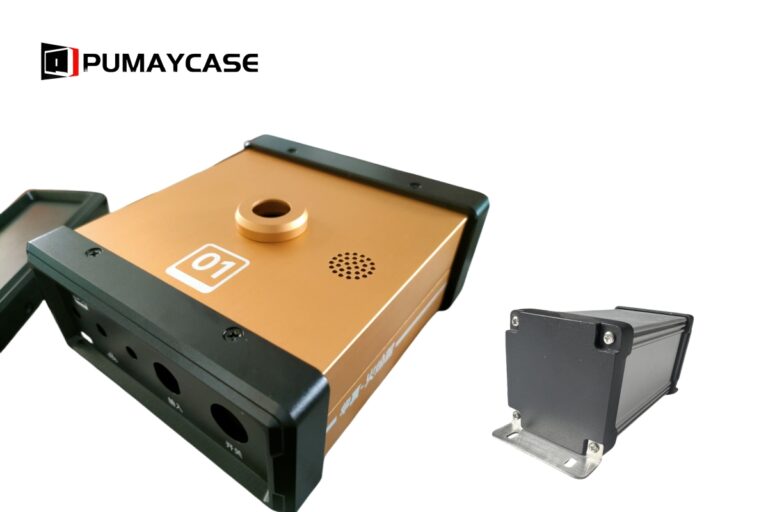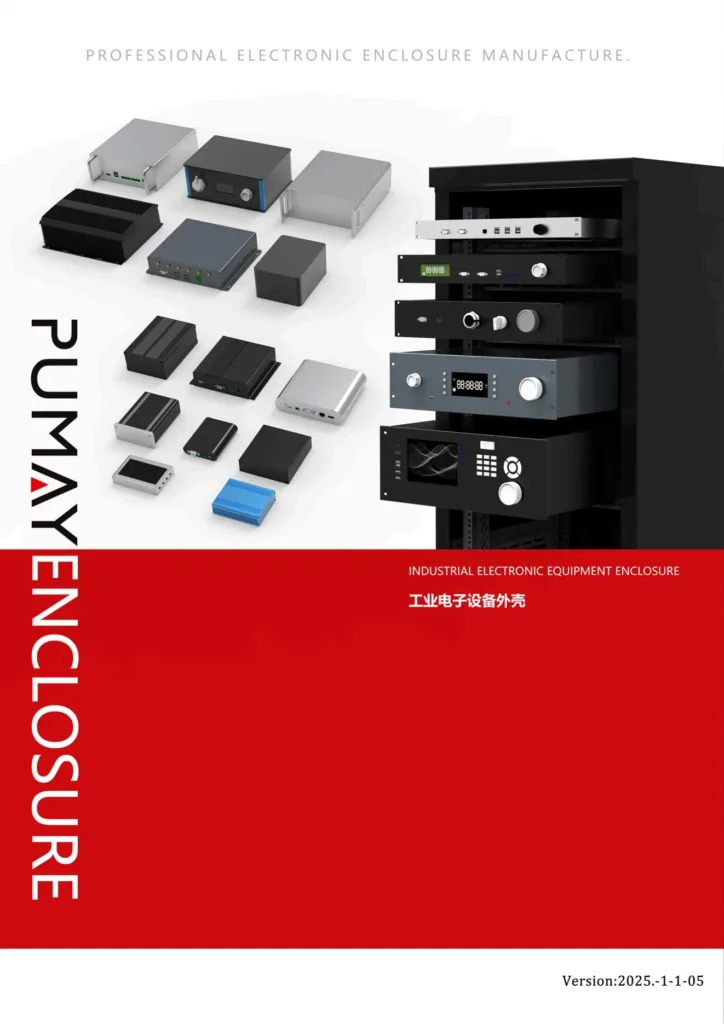With the rapid development of new energy vehicle (NEV) charging infrastructure1, IP67-rated enclosures2 are essential for outdoor charging piles. These enclosures must provide complete protection against dust and water immersion3 to ensure the reliability and safety of the charging system in harsh environmental conditions.
IP67 certification guarantees that the enclosure is dust-tight and can withstand temporary submersion in water up to 1 meter for 30 minutes.
Let’s analyze the structural design, key features, and practical solutions for achieving IP67 protection in charging pile enclosures.
1. IP67 Rating Explained
What Does IP67 Mean?
IP (Ingress Protection) rating is defined by IEC 60529. The two digits indicate the level of protection:
- 6: Complete protection against dust ingress (dust-tight).
- 7: Protection against water immersion up to 1 meter for 30 minutes.
Why IP67 Is Critical for Charging Piles
Outdoor charging piles are exposed to rain, dust, humidity, and extreme temperatures. IP67 protection ensures:
Electrical safety by preventing water ingress.
System reliability in various weather conditions.
Longer service life with reduced maintenance requirements.
- -
2. Key Structural Design Elements for IP67 Protection
1. Enclosure Sealing Structure
A reliable sealing structure is essential to prevent water and dust entry.
Solutions:
- Silicone or EPDM Gaskets: Provide excellent water and dust sealing while remaining flexible over a wide temperature range.
- Continuous Gasket Design: Avoid gaps or seams in gasket application.
- Compression Control: Ensure uniform gasket compression to maintain a proper seal without deforming the enclosure.
2. Waterproof Cable Entry and Connectors
Cable entry points are vulnerable areas for water ingress.
Solutions:
- IP67-rated cable glands with silicone seals.
- Waterproof connectors for power and data lines.
- Use breather vents to equalize internal pressure and prevent condensation while maintaining IP67 protection.
3. Lid and Joint Design
The joint between the enclosure body and its lid is a critical point for achieving IP67 protection.
Solutions:
- Tongue-and-Groove Design: Provides better alignment and sealing compared to flat interfaces.
- Screw Fastening with Compression Stops: Ensures uniform compression of the gasket and prevents over-tightening.
- Reinforced Corner Sealing: Adds extra protection in high-stress areas.
4. Drainage Channels
In cases of prolonged exposure to water, external drainage channels help prevent water accumulation near the seal.
Design Tip:\
Incorporate a sloped top or internal water barriers to direct water away from sensitive areas.
3. Material Selection for IP67 Enclosures
Choosing the right materials ensures durability and long-term performance.
Recommended Materials:
- Aluminum Alloy (6063, 5052): Offers high strength, corrosion resistance, and excellent thermal management.
- Stainless Steel (304, 316): Ideal for coastal environments with salt spray exposure.
- Polycarbonate (PC): Lightweight, impact-resistant, and suitable for moderate environments.
Surface Treatments:
Anodizing for Aluminum: Enhances corrosion resistance.
Powder Coating: Adds an extra layer of weather protection and improves aesthetics.
Chemical Conversion Coating (MIL-DTL-5541): For enhanced corrosion protection while maintaining conductivity.
- -
4. Testing and Verification for IP67 Compliance
Achieving IP67 certification requires rigorous testing.
Standard Tests:
- Dust Ingress Test: Enclosure is exposed to a fine dust environment for 8 hours. No dust should enter.
- Water Immersion Test: Enclosure is submerged in water at a depth of 1 meter for 30 minutes. No water ingress is allowed.
Pre-certification Tests:
Pressure Decay Testing: Checks for micro-leaks in the sealing structure.
Thermal Cycle Testing: Ensures gasket flexibility and sealing under extreme temperatures.
Salt Spray Testing: For enclosures in coastal or high-humidity environments.
- -
5. Real-World Application Example
IP67 Charging Pile in Coastal Environment
Design Features:
- Aluminum Alloy Enclosure with Anodized Surface: Corrosion-resistant and durable.
- Silicone Gasket with Tongue-and-Groove Design: Ensures waterproof performance.
- IP67-Rated Cable Glands and Breather Vent: Prevent water ingress4 while allowing pressure equalization.
- External Drainage Channel: Directs water away from the sealing surface.
Result:
Passed 1,000-hour salt spray test (ASTM B117).
Achieved IP67 compliance with no water ingress during submersion testing.
Reliable operation in harsh environments with minimal maintenance.
- -
Conclusion
For new energy charging piles, an IP67-rated enclosure5 is essential for ensuring durability, safety, and long-term performance in outdoor environments. By focusing on sealing structure, material selection, and comprehensive testing, manufacturers can create robust enclosures that protect critical components from dust, water, and corrosion.
Explore the latest advancements in NEV charging infrastructure to understand how it impacts the future of electric vehicles. ↩
Learn about the benefits of IP67-rated enclosures to ensure safety and reliability in outdoor environments. ↩
Discover how complete protection against dust and water immersion is achieved in electronic enclosures for enhanced durability. ↩
Preventing water ingress is vital for equipment longevity. This link provides effective strategies and solutions to safeguard your installations. ↩
Understanding IP67 ratings is crucial for ensuring the durability and safety of outdoor equipment. Explore this link to learn more. ↩





